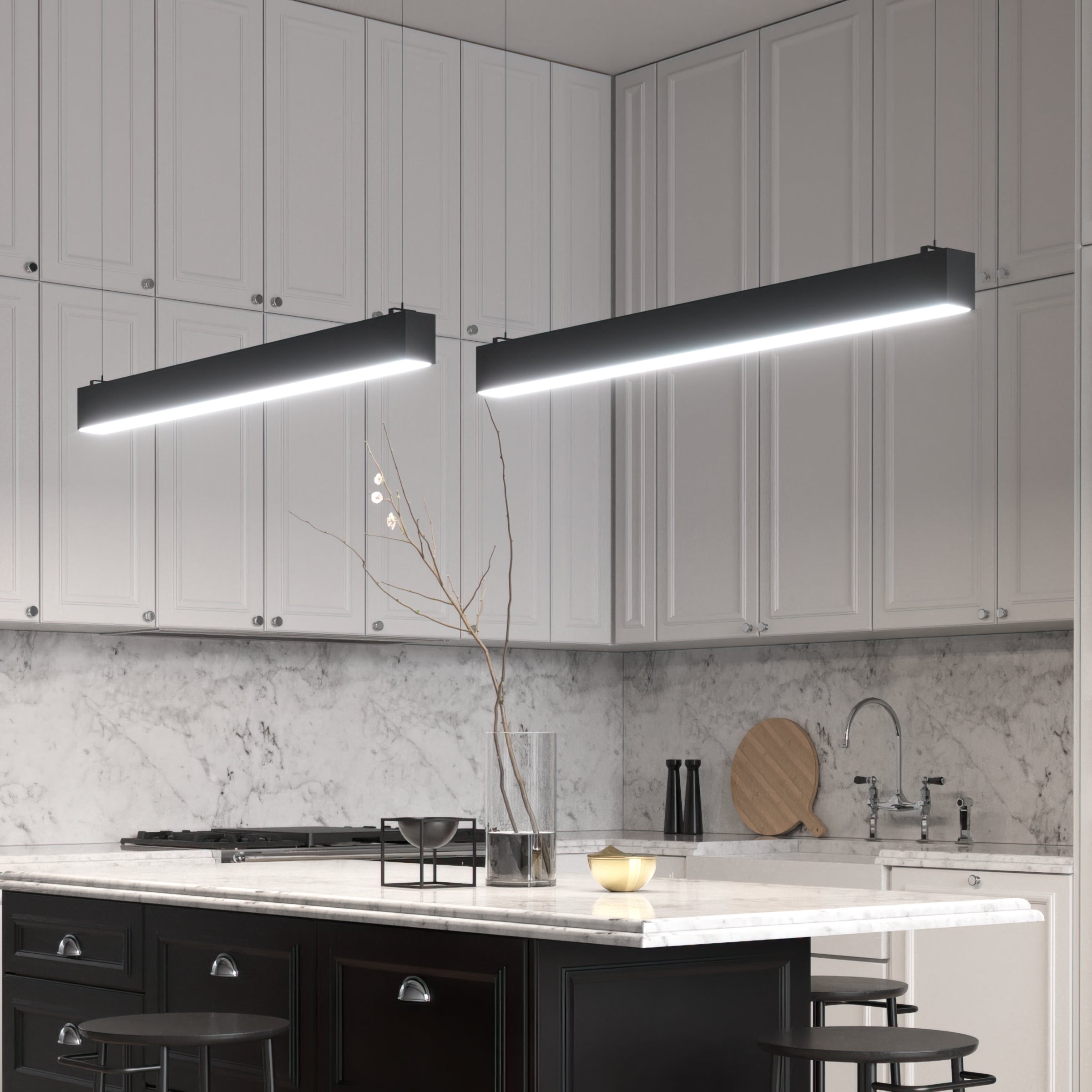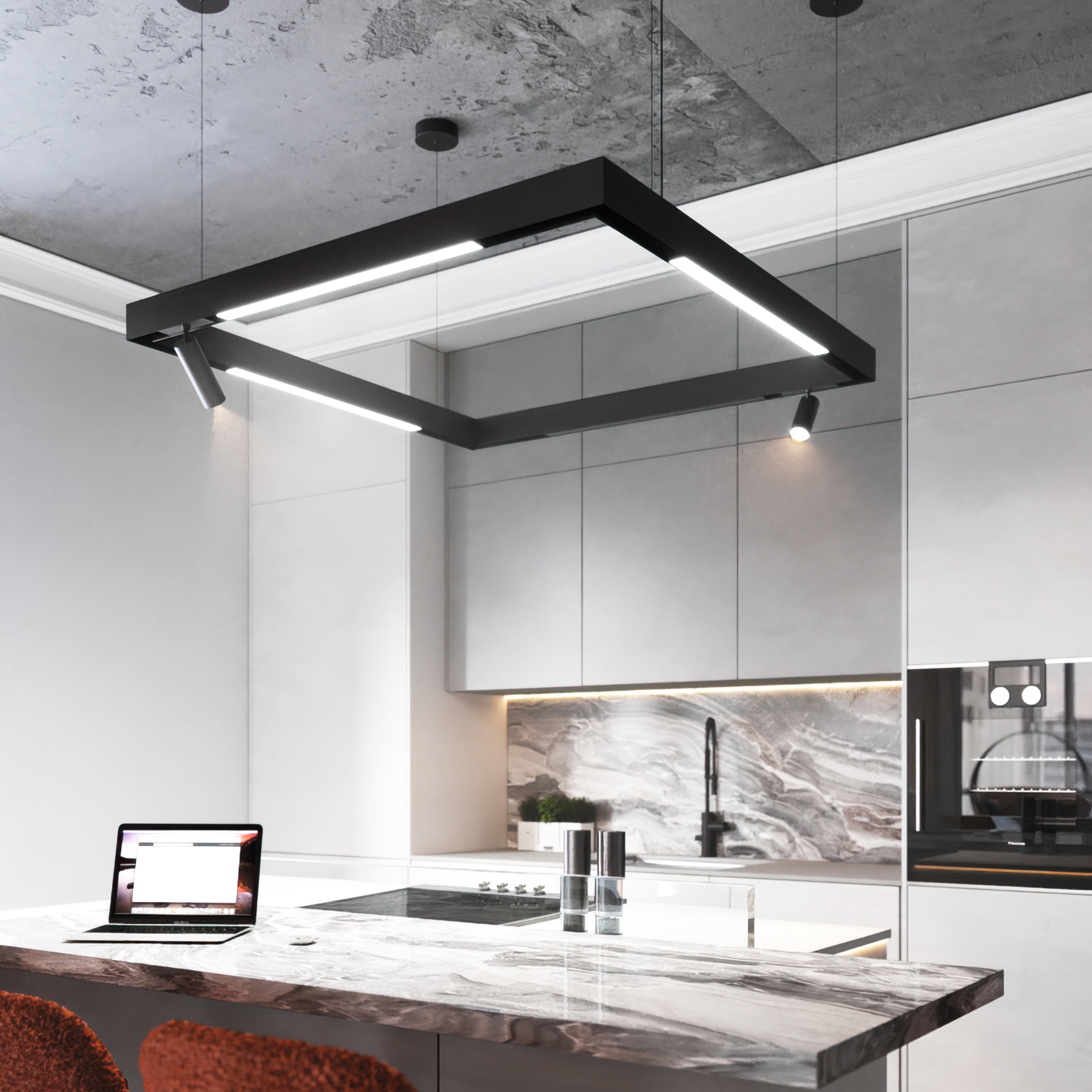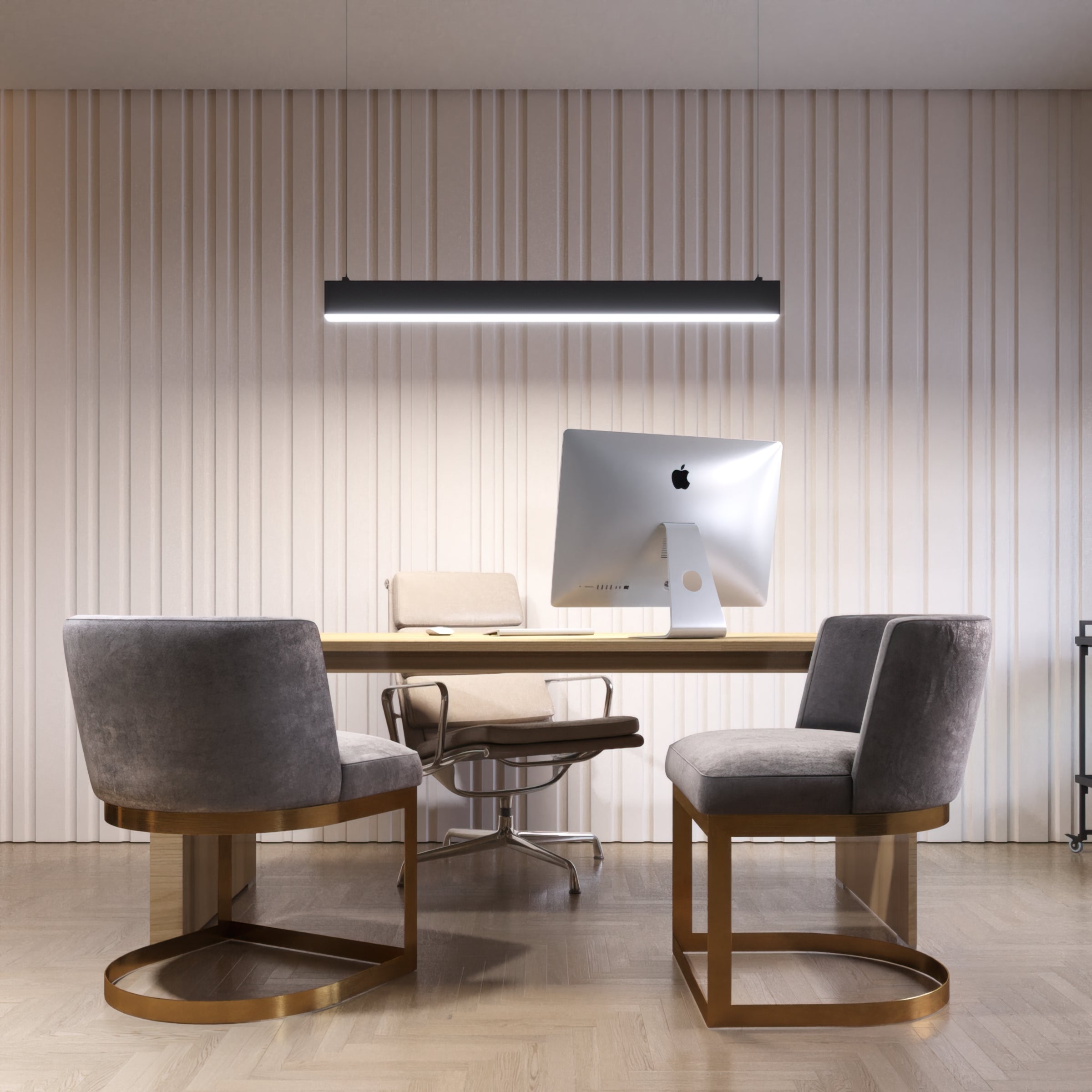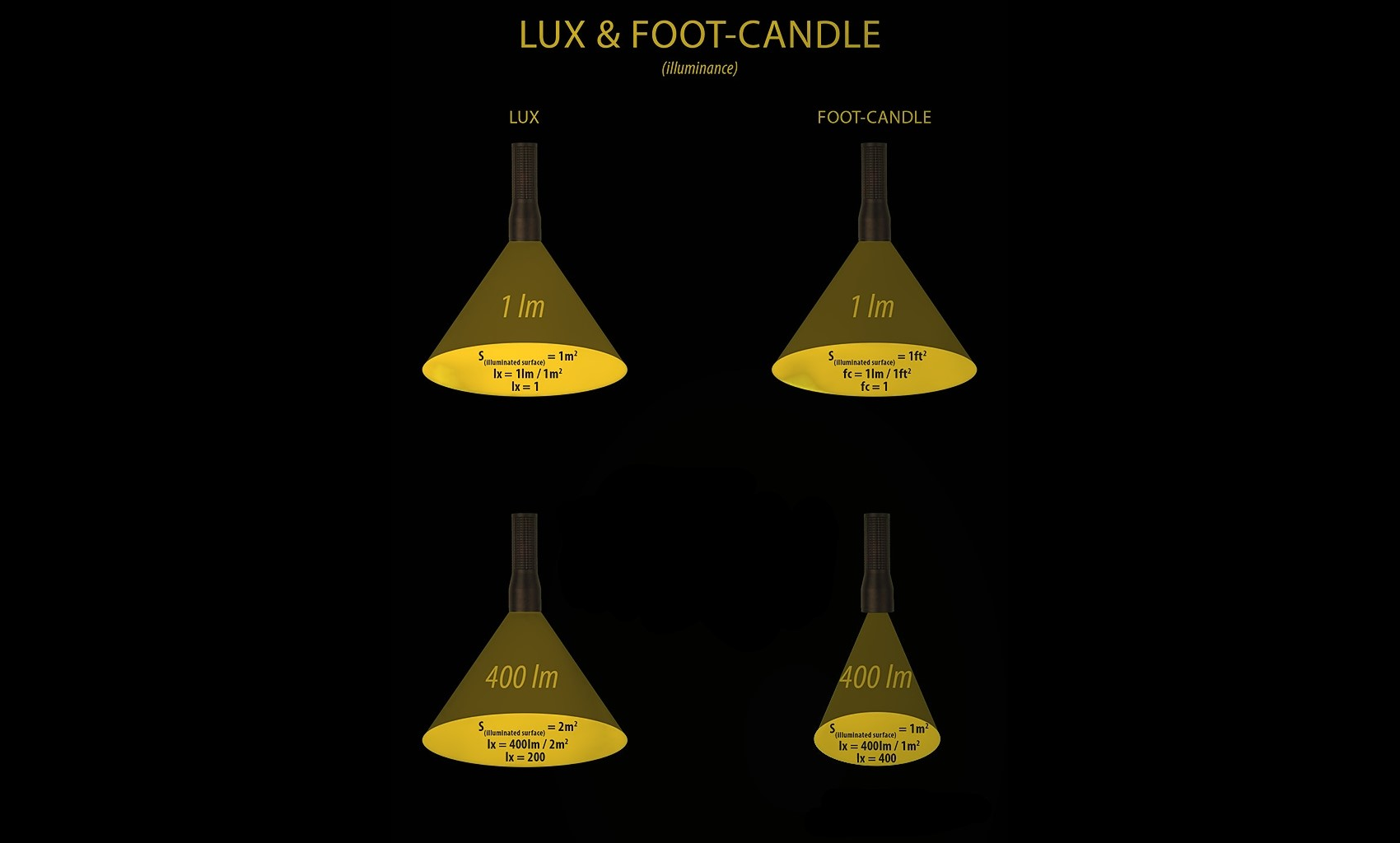Welcome to our latest blog post, where we'll be diving into the intriguing world of light measurement. Have you ever heard of a foot-candle? If not, you're in for a treat. A foot-candle is a measurement that describes the amount of light reaching a specific surface, one foot from a light source. While you might not have heard of it before, understanding foot-candles can drastically improve your photography, interior design, or even your gardening. Don't worry if this sounds complicated; we're going to break it down for you in this post. So, whether you're a professional looking to refine your skills or just a curious reader, stick around to learn what foot-candle of light is.
What Is a Foot-Candle?
You might be intrigued: what is a foot candle, and why is it so crucial? How many foot-candles are present in my building, and how many should there be? How do we measure this?
Surprisingly, foot-candles are the most frequently used metric by lighting professionals to calculate light levels in businesses and outdoor areas. Simply put, a foot-candle is a unit that measures light intensity and is defined as the illuminance on a one-square-foot surface from a consistent light source.
The term foot candle originated before the invention of electricity and can be traced back to when beeswax candles were the primary source of illumination. Despite the term's age, it is still widely used in the lighting industry to determine how much light is needed in workplaces, stores, and outdoor spaces, such as sports fields in Brooklyn.
Foot candles measure the level of luminance. To be more precise, foot-candles indicate the amount of visible light that falls on a specific surface. The actual amount of visible light emitted by a light source is measured in lumens, but the number of lumens produced can differ greatly from the number of lumens delivered—for instance, when a dark shade covers a bright light. This is where foot-candles come into play! Lumens tell us about the intensity of the light source itself, whereas foot candles tell us how bright a light source appears in a space.
A foot-candle equals the quantity of light from a (somewhat) standard candle that falls on a one-square-foot surface one foot away from the candle, and it can be defined as one lumen per square foot.
A foot candle measures the intensity of illuminance on a given surface, so you can understand how to measure foot candles. The name poetically comes from the amount of illumination a single candle produces from a one-foot distance. To make it more tangible, imagine holding a birthday candle a foot away from your open book—the light it provides over that specific area is one foot-candle of illumination.
Foot-Candles and Lumens
Understanding the relationship between foot-candles and lumens is critical for light measurement. Foot candles measure the amount of light that a surface receives, while lumens represent the total light output from a source. The two are connected through a scientific formula: one foot-candle is approximately equal to 10.764 lumens per square foot. To convert foot-candles to lumens per square foot, you multiply the number of foot-candles by 10.764. Conversely, you can find the number of foot candles from lumens by dividing the lumens by 10.764.
Consider a practical example using a foot-candle formula: an 800-lumen light bulb illuminating a 15-square-foot desk. If you spread the 800 lumens over the 15 square feet, you get about 53 lumens per square foot. Dividing this by 10.764 gives you about five-foot candles, indicating a dim workspace and suggesting the need for a higher-lumen bulb.
By understanding how foot candles and lumens interact, we gain a clearer insight into how lighting affects our spaces, allowing us to optimize light usage while creating comfortable environments for our eyes.
In most modern light meters, a lumen is equivalent to lux, and one foot-candle equals 10.76 lumens. So, to convert foot-candles to lumens, multiply the number of foot-candles by 10.76. For instance, 50-foot candles would equate to 50 x 10.76, which is 538 lumens.
How to Measure Foot-Candles?
How to determine foot-candles? This is a really common question. Measuring foot-candles is part of a broader science known as "photometry," which gauges light as perceived by the human eye. This is distinct from "radiometry," which measures all forms of radiant energy, including luminous energy.
Understanding light from a photometric perspective is vital for all types of businesses and organizations because it directly impacts the experiences of employees and customers in your establishments.
In essence, light serves as a practical tool for your business. It can be adjusted for various settings to achieve different effects. For example, public areas typically need softer, warmer light, while workspaces require brighter illumination. To ensure your lighting is effective, you need to measure foot-candles.
A reliable tool for measuring foot-candles is a sensitive light meter, available from several manufacturers at different price points. Some are as affordable as $20, while others cost $200 or more. The ideal light meter for you is one that is both accurate and quick.
Most light meters provide readings in either foot-candles or "lux," a similar unit that measures light over a one-meter square rather than a one-foot square. If your lux meter provides readings in lux and you need foot candles, divide the lux value by 10.764.
The process of measuring foot-candles using light or illuminance meters is straightforward yet nuanced. These handheld devices, available in both analog and digital versions, detect light on their sensors and provide readings in foot candles or lux. Some advanced smartphone apps can estimate foot candles when a dedicated light meter isn't accessible.
The general method of measuring foot candles involves positioning the light meter at the point where you want to assess the light level, with its sensor facing the illumination source directly. For example, to measure the light falling on a work desk, you would place the device on the desk surface. The sensor should have a clear, unobstructed view of the light source.
While the measurement process seems simple, it can sometimes be complicated by common issues. For example, when the meter is exposed to multiple light sources, such as daylight from a window and interior artificial lighting, it records the cumulative light intensity, which could distort the readings. In such scenarios, it's recommended to block off or turn off additional lights and repeat the measurement.
Another consideration is that light intensity changes throughout the day. To get a reliable reading, you should take multiple measurements at different times and calculate an average. This can help address changes in natural light or varying intensity of artificial light sources.
Knowing how to measure foot candles and anticipate potential issues can lead to more accurate, effective, and user-friendly lighting designs. As with many things, thorough knowledge and careful application can turn bright ideas into reality.





